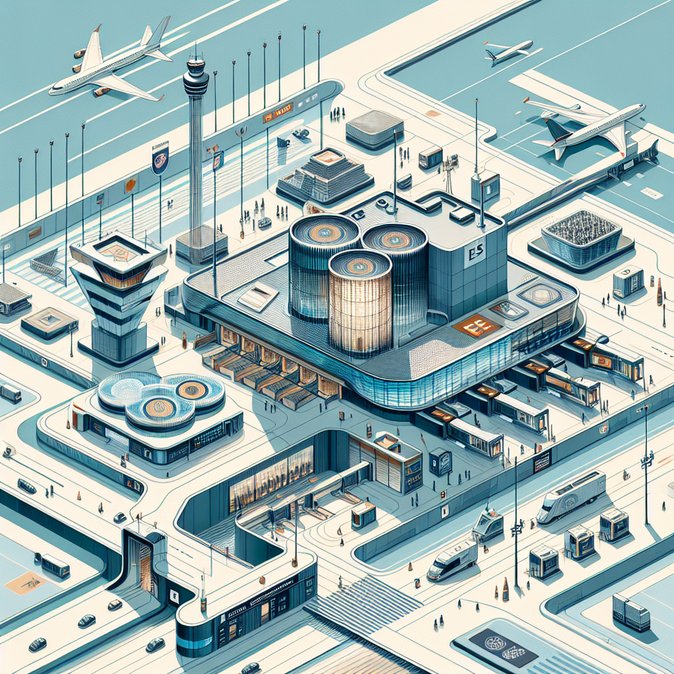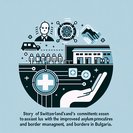
Travellers passing through Zurich Airport this week will notice new self-service kiosks and camera pods as Swiss authorities start live testing of the EU’s Entry/Exit System (EES). Although the official launch date is 17 November 2025, border officials began a phased roll-out on 1 November to calibrate equipment and train staff before passenger volumes rise for the Christmas peak. Geneva and Basel-Mulhouse airports will follow later in the month.
EES replaces the old passport-stamp system for third-country nationals entering or leaving the Schengen Area. Each arrival will have four fingerprints and a facial image captured and matched to the electronic chip in the passport; subsequent trips will be verified in seconds at automated gates. The data are stored for three years in a shared EU database that immigration authorities can consult when checking over-stay history, identity fraud or terrorism alerts. Swiss citizens, EU/EFTA nationals and holders of Swiss residence permits continue to use the existing e-gates.
![Zurich Airport begins live testing of EU Entry/Exit System ahead of 17 November go-live]()
Flughafen Zürich AG warns that first-time registration could add several minutes per passenger. Mobility managers should advise visiting employees from the US, UK, India and other non-EU countries to factor in extra time for border clearance, especially at morning peaks between 07:00 and 10:00. Carriers have been asked to stagger flight arrivals during the first fortnight and to display instructional videos on board.
For global companies the main benefit is a fully digital exit record that will make it easier to document days-spent-in-Schengen for posted-worker declarations and posted-worker tax thresholds. The downside is that any over-stay will be automatically flagged, increasing the compliance risk for assignees who shuttle frequently between Switzerland and neighbouring non-Schengen hubs such as London. Employers should therefore update travel-tracking systems to pull EES logs once the API becomes available in 2026.
The Swiss roll-out is part of a wider Schengen deployment that started on 12 October at external sea and land borders. ETIAS, the €7 travel-authorisation that will apply to visa-waiver nationals, remains postponed until late 2026, giving corporates a two-year window to adapt processes.
EES replaces the old passport-stamp system for third-country nationals entering or leaving the Schengen Area. Each arrival will have four fingerprints and a facial image captured and matched to the electronic chip in the passport; subsequent trips will be verified in seconds at automated gates. The data are stored for three years in a shared EU database that immigration authorities can consult when checking over-stay history, identity fraud or terrorism alerts. Swiss citizens, EU/EFTA nationals and holders of Swiss residence permits continue to use the existing e-gates.

Flughafen Zürich AG warns that first-time registration could add several minutes per passenger. Mobility managers should advise visiting employees from the US, UK, India and other non-EU countries to factor in extra time for border clearance, especially at morning peaks between 07:00 and 10:00. Carriers have been asked to stagger flight arrivals during the first fortnight and to display instructional videos on board.
For global companies the main benefit is a fully digital exit record that will make it easier to document days-spent-in-Schengen for posted-worker declarations and posted-worker tax thresholds. The downside is that any over-stay will be automatically flagged, increasing the compliance risk for assignees who shuttle frequently between Switzerland and neighbouring non-Schengen hubs such as London. Employers should therefore update travel-tracking systems to pull EES logs once the API becomes available in 2026.
The Swiss roll-out is part of a wider Schengen deployment that started on 12 October at external sea and land borders. ETIAS, the €7 travel-authorisation that will apply to visa-waiver nationals, remains postponed until late 2026, giving corporates a two-year window to adapt processes.











